Points clés
-
Liqueur de chocolat est la forme pure des fèves de cacao moulues contenant à la fois des solides de cacao et du beurre de cacao — elle ne contient pas d'alcool malgré son nom
-
Liqueur de chocolat est une boisson alcoolisée aromatisée au chocolat, complètement différente de la liqueur de chocolat
-
Liqueur de chocolat est la base de tous les vrais produits chocolatés et détermine la richesse et l'intensité de la saveur du chocolat
-
Le pourcentage de liqueur de chocolat dans un produit chocolaté affectent directement son profil aromatique, avec des pourcentages plus élevés créant des expériences chocolatées plus intenses
-
Différentes formes de liqueur de chocolat incluent le chocolat de cuisson non sucré, la poudre de cacao (lorsqu'on presse pour enlever le beurre de cacao), et divers produits chocolatés lorsqu'ils sont combinés avec du sucre et d'autres ingrédients
Introduction : démêler la confusion autour du chocolat
Quand vous entendez le terme "liqueur de chocolat," votre esprit évoque-t-il des images de cocktails décadents au goût de chocolat ou peut-être d'un digestif sucré ? Vous n'êtes pas seul dans cette confusion. Malgré son nom, liqueur de chocolat ne contient absolument pas d'alcool. Cette méprise fondamentale a embrouillé les pâtissiers amateurs, les passionnés de chocolat et les étudiants en cuisine pendant des années.
Dans ce guide complet, nous démystifierons ce que liqueur de chocolat ce qu'elle est vraiment, en quoi elle diffère de la liqueur de chocolat (oui, ce sont deux choses totalement différentes !), et pourquoi elle est si importante dans le monde du chocolat. Nous explorerons comment cette forme pure de chocolat sert de base à tout, de votre tablette de chocolat préférée aux truffes gastronomiques les plus fines, et comment la comprendre peut élever votre expérience du chocolat et vos créations culinaires.
Que vous soyez un amateur curieux de chocolat, un chocolatier en herbe, ou simplement quelqu'un qui souhaite comprendre ce qu'il y a vraiment dans cette tablette de chocolat que vous appréciez, ce guide vous fournira une compréhension claire de liqueur de chocolat et son rôle crucial dans la production du chocolat. Commençons notre voyage au cœur du chocolat !
Comprendre la liqueur de chocolat : l'essence du chocolat
Définition et composition
Liqueur de chocolat, également connu sous le nom de liqueur de cacao ou masse de cacao, est la forme pure des fèves de cacao moulues. Malgré son nom trompeur, il ne contient absolument pas d'alcool. Le terme "liqueur" fait référence à l'état liquide qu'il atteint lors du traitement, et non à une teneur alcoolique.
Ce composant fondamental du chocolat se compose de deux éléments principaux :
-
Solides de cacao - Les composants non gras de la fève de cacao qui fournissent la saveur et la couleur distinctives du chocolat
-
Beurre de cacao - La graisse naturelle présente dans les fèves de cacao (environ 50-55 % du poids de la fève)
Dans sa forme pure, liqueur de chocolat est essentiellement composé à 100 % de cacao, ce qui le rend intensément aromatique et assez amer. Il sert de base à tous les vrais produits chocolatés, et le pourcentage utilisé affecte directement l'intensité et le caractère final du chocolat.
Comment est fabriqué le chocolat liquide
Le parcours de la fève de cacao au liqueur de chocolat implique plusieurs étapes cruciales :
-
Récolte et fermentation - Après la récolte, les fèves de cacao subissent une fermentation, généralement de 5 à 7 jours, développant les précurseurs de saveurs complexes
-
Séchage et nettoyage - Les fèves sont séchées pour réduire leur teneur en humidité puis nettoyées pour éliminer les corps étrangers
-
Torréfaction - Cette étape cruciale développe la saveur caractéristique du chocolat grâce à des réactions chimiques complexes
-
Cassure et vannage - Les fèves torréfiées sont cassées, et les coques extérieures (enveloppes) sont retirées, ne laissant que les éclats de cacao
-
Broyage - Les éclats de cacao sont broyés en une pâte. La friction lors du broyage génère de la chaleur, faisant fondre le beurre de cacao et créant un liquide fluide—c'est liqueur de chocolat
À ce stade, le liqueur de chocolat a une température d'environ 130-150°F (54-66°C) et ressemble à un liquide épais, brun foncé, avec un arôme intense de chocolat. À l'état chaud, il coule comme un liquide ; une fois refroidi, il se solidifie en un bloc dur.
Le chocolat liquide dans la production de chocolat
Liqueur de chocolat sert de base à pratiquement tous les produits chocolatés. La façon dont les fabricants l'utilisent détermine le type de chocolat créé :
-
Chocolat noir allie liqueur de chocolat avec du sucre et du beurre de cacao supplémentaire, parfois de la vanille et de la lécithine. Le pourcentage de cacao (généralement 50-90 %) indique la quantité combinée de liqueur de chocolat et du beurre de cacao ajouté.
-
Chocolat au lait contient liqueur de chocolat, sucre, beurre de cacao, solides de lait, et parfois de la vanille et de la lécithine. Il contient généralement 10-40 % liqueur de chocolat.
-
Chocolat blanc ne contient pas de liqueur de chocolat du tout — seulement du beurre de cacao, du sucre, des solides de lait et des arômes, c'est pourquoi certains puristes soutiennent que ce n'est pas du « vrai » chocolat.
-
Chocolat de cuisson non sucré est essentiellement du pur liqueur de chocolat qui a été moulé et refroidi en une forme solide.
Le pourcentage de liqueur de chocolat impacte directement l'intensité de la saveur, la douceur et la texture. Des pourcentages plus élevés créent des profils de saveur plus robustes et complexes avec moins de douceur et une texture plus ferme.
Liqueur de chocolat vs. chocolat liquide : clarifier la confusion
Qu'est-ce que la liqueur de chocolat ?
La liqueur de chocolat est une boisson alcoolisée sucrée aromatisée au chocolat. Contrairement à liqueur de chocolat, la liqueur de chocolat est :
-
Une boisson alcoolisée réelle (généralement 15-25 % d'alcool par volume)
-
Sucré avec du sucre ou d'autres édulcorants
-
Souvent à base de crème (mais pas toujours)
-
Utilisé dans les cocktails, les desserts et comme digestif
-
Disponible dans le commerce sous des marques comme Godiva, Baileys et Crème de Cacao
Les liqueurs de chocolat populaires incluent la Crème de Cacao (disponible en variétés foncées et blanches), les liqueurs de crème au chocolat (comme la Liqueur de Chocolat Godiva), et les combinaisons café-chocolat (telles que la Liqueur de Café au Chocolat Mozart).
Différences clés entre les deux
La distinction entre liqueur de chocolat et la liqueur de chocolat impliquent plusieurs différences clés :
|
Liquide de chocolat |
Liqueur de chocolat |
|
Fèves de cacao moulues pures |
Boisson alcoolisée |
|
Ne contient pas d'alcool |
Contient 15-25 % d'alcool |
|
Sans sucre ajouté |
Sucré |
|
Utilisé dans la production de chocolat |
Utilisé dans les cocktails et desserts |
|
Non consommé directement |
Consommé comme boisson |
|
Ingrédient chocolat |
Produit final |
Les noms aux sonorités similaires créent une confusion compréhensible, surtout pour ceux qui découvrent la terminologie du chocolat ou la pâtisserie. Rappelez-vous : liqueur de chocolat appartient à vos ingrédients de pâtisserie, tandis que la liqueur de chocolat appartient à votre cabinet à liqueurs.
Quand utiliser chacun
Savoir quand utiliser chaque produit est crucial pour réussir les applications culinaires :
Utilisez la liqueur de chocolat (ou les produits fabriqués à partir de celle-ci) lorsque :
-
Faire du chocolat maison
-
Créer une saveur de chocolat riche et intense dans les produits de boulangerie
-
Suivre des recettes demandant du chocolat de cuisson non sucré
-
Développer des glaçages ou ganaches au chocolat avec des pourcentages spécifiques de cacao
Utilisez la liqueur de chocolat lorsque :
-
Créer des desserts alcoolisés comme le tiramisu ou les truffes alcoolisées
-
Préparer des cocktails comme les Chocolate Martinis ou les White Russians
-
Aromatiser la crème fouettée ou la glace avec une note chocolat-alcool
-
Servir comme boisson après le dîner
Comprendre ces différences vous garantit de ne plus jamais confondre ces produits chocolatés très différents.
Types et formes de liqueur de chocolat
Chocolat Non Sucré
Le chocolat non sucré, également appelé chocolat de cuisson, est simplement solidifié liqueur de chocolat. Il contient environ :
-
50-55 % de beurre de cacao
-
45-50 % de solides de cacao
-
Sans sucre ajouté, sans solides de lait ni autres ingrédients
Cette forme de liqueur de chocolat est intensément amer et n'est pas destiné à une consommation directe. Cependant, il apporte une saveur exceptionnelle de chocolat dans les produits de boulangerie, où le sucre et d'autres ingrédients équilibrent son amertume.
Produits de cacao dérivés de la liqueur de chocolat
Plusieurs produits chocolatés courants sont directement dérivés de liqueur de chocolat par un traitement supplémentaire :
-
Poudre de cacao - Créé lorsque liqueur de chocolat est pressée pour enlever une grande partie de son beurre de cacao (laissant typiquement 10-24 % de matière grasse), puis pulvérisée en poudre
-
Poudre de cacao naturelle est simplement séchée et moulue
-
Poudre de cacao traitée à la hollandaise est traité avec une solution alcaline pour neutraliser l'acidité
-
Beurre de cacao - Le composant gras extrait de liqueur de chocolat lors de la production de poudre de cacao, utilisé dans le chocolat blanc et pour ajuster la texture dans d'autres produits chocolatés
-
Tablettes de chocolat - Créé en combinant liqueur de chocolat avec des quantités variables de sucre, de beurre de cacao supplémentaire et d'autres ingrédients
Formes spécialisées
Pour les chocolatiers professionnels et les applications industrielles, liqueur de chocolat est disponible sous plusieurs formes spécialisées :
-
Gouttes de masse de cacao - Gouttes solidifiées de pur liqueur de chocolat pour une fonte et une mesure faciles
-
Blocs de masse de cacao - Blocs solides plus grands de liqueur de chocolat utilisé dans des applications commerciales
-
Liqueur de chocolat d'origine unique - Liqueur de chocolat fabriqué à partir de fèves d'une région spécifique, offrant des profils de saveur uniques reflétant le terroir de la région de culture
Chaque forme offre différents avantages selon l'application prévue, de la pâtisserie maison à la production industrielle de chocolat.
Cuisine et pâtisserie avec la liqueur de chocolat
Meilleures applications
Pur liqueur de chocolat (sous forme de chocolat de cuisson non sucré) brille dans des applications culinaires spécifiques :
-
Brownies riches et gâteaux au chocolat - Fournit une saveur chocolatée intense qui résiste aux édulcorants
-
Sauces au chocolat et ganaches - Crée des profils chocolatés profonds et complexes
-
Mousses au chocolat et puddings - Offre des notes de chocolat robustes qui persistent à travers la crème et les œufs
-
Barres de chocolat maison - Permet un contrôle total de la douceur et des ajouts
La nature amère et intense de liqueur de chocolat le rend idéal pour les recettes où il est équilibré par le sucre, la matière grasse et d'autres ingrédients. Sa forte teneur en beurre de cacao contribue également à la texture lisse des produits chocolatés finis.
Substitutions et équivalents
Lorsqu'une recette demande du chocolat non sucré (100% liqueur de chocolat) mais vous n'en avez pas sous la main, vous pouvez substituer :
-
3 cuillères à soupe de poudre de cacao + 1 cuillère à soupe de beurre/huile = 1 once de chocolat non sucré
-
1 once de chocolat amer doux (réduire le sucre d'1 cuillère à soupe) = 1 once de chocolat non sucré
-
1 once de chocolat mi-sucré (réduire le sucre de 2 cuillères à soupe) = 1 once de chocolat non sucré
Inversement, si vous devez substituer la poudre de cacao :
-
1 once de chocolat non sucré (réduire la matière grasse d'1 cuillère à soupe) = 3 cuillères à soupe de poudre de cacao
Comprendre ces équivalences permet une flexibilité dans votre pâtisserie au chocolat sans compromettre les résultats.
Conseils pour travailler avec la liqueur de chocolat
Travailler avec du pur liqueur de chocolat nécessite quelques techniques spéciales :
-
Utilisez une chaleur douce - Liqueur de chocolat et les produits fabriqués à partir de celui-ci peuvent facilement brûler. Faites toujours fondre en utilisant des méthodes de chaleur indirecte comme un bain-marie ou un micro-ondes à 50 % de puissance par intervalles courts.
-
Hachez finement avant de faire fondre - Les morceaux plus petits fondent plus uniformément et rapidement, réduisant le risque de surchauffe.
-
Évitez le contact avec l'eau - Même de minuscules gouttelettes d'eau peuvent provoquer liqueur de chocolat à saisir et devenir granuleux. Gardez tous les ustensiles et surfaces complètement secs.
-
Équilibrer l'amertume - Pur liqueur de chocolat est intensément amer. Lors de l'expérimentation, commencez par de petites quantités et ajustez selon le goût.
-
Considérez la teneur en matières grasses - N'oubliez pas que liqueur de chocolat contient environ 50-55 % de beurre de cacao, ce qui affecte la teneur totale en matières grasses de votre recette.
Maîtriser ces techniques vous aidera à exploiter tout le potentiel de liqueur de chocolat dans vos créations culinaires.
Profil nutritionnel de la liqueur de chocolat
Composition et nutriments
Pur liqueur de chocolat contient un profil nutritionnel remarquable :
-
Calories : Environ 150 calories par once
-
Gros : 14-15 g par once (principalement du beurre de cacao)
-
Glucides : 8-9 g par once (dont 1-2 g de fibres)
-
Protéines : 4-5 g par once
-
Minéraux : Riche en magnésium, phosphore, zinc, fer et cuivre
-
Antioxydants : Contient des flavanols et des polyphénols
La forte teneur en solides de cacao dans liqueur de chocolat le rend particulièrement riche en antioxydants comparé aux produits chocolatés plus transformés.
Considérations pour la santé
Alors que liqueur de chocolat offre des avantages potentiels pour la santé grâce à sa teneur en antioxydants, mais il y a des considérations importantes :
-
Haute densité calorique - Pur liqueur de chocolat est riche en calories en raison de sa forte teneur en matières grasses
-
Caféine et théobromine - Contient des stimulants pouvant affecter les personnes sensibles
-
Sucre minimal - Contrairement aux produits chocolatés, le pur liqueur de chocolat ne contient pas de sucres ajoutés
-
Allergènes potentiels - Peut déclencher des réactions chez les personnes allergiques au chocolat ou au cacao
Comme pour la plupart des aliments, la modération est essentielle. Les bienfaits pour la santé de liqueur de chocolat sont les plus prononcés lorsqu'ils sont consommés dans le cadre d'une alimentation équilibrée, généralement sous forme de chocolat noir à haute teneur en cacao plutôt que pur liqueur de chocolat elle-même.
Achat et stockage de la liqueur de chocolat
Ce qu'il faut rechercher
Pour les boulangers amateurs souhaitant travailler avec liqueur de chocolat, recherchez :
-
Chocolat de cuisson non sucré - La forme la plus courante disponible pour les consommateurs
-
Versions d'origine unique - Pour des profils de saveurs uniques
-
Certifications biologiques et commerce équitable - Pour un approvisionnement éthique
-
Liste des ingrédients - Doit contenir uniquement des fèves de cacao ou de la masse de cacao, sans additifs
Les chocolatiers professionnels et les boutiques spécialisées peuvent proposer du chocolat pur liqueur de chocolat sous diverses formes, y compris des boutons, des disques ou des blocs pour une manipulation plus facile.
Pour d'excellentes options, explorez La collection de chocolats de Zucchero Canada, ce qui inclut des produits chocolatés de haute qualité fabriqués avec du chocolat premium liqueur de chocolat.
Conseils de stockage
Un stockage approprié est essentiel pour maintenir la qualité de liqueur de chocolat et les produits qui en sont issus :
-
Température: Conservez entre 60-70°F (15-21°C) dans un endroit frais et sec
-
Humidité: Maintenez une humidité relative inférieure à 50 % pour éviter la condensation
-
Clair: Conservez à l'abri de la lumière directe du soleil pour éviter la floraison de la graisse
-
Odeurs: Éloignez des aliments à forte odeur car le chocolat absorbe facilement les odeurs
-
Exposition à l'air: Emballez hermétiquement dans du papier aluminium et placez dans un récipient hermétique
Avec un stockage approprié, le chocolat non sucré (pur liqueur de chocolat) peut se conserver jusqu'à 10 ans, bien que pour une saveur optimale, il soit préférable de l'utiliser dans les 5 ans suivant l'achat.
Signes de qualité et de fraîcheur
Qualité liqueur de chocolat et le chocolat non sucré doit :
-
Avoir une apparence lisse et uniforme sans stries blanches (floraison de graisse) ni décoloration grise
-
Casser net
-
Avoir un arôme riche et complexe sans aucune note rance, moisi ou désagréable
-
Fondre de manière lisse et uniforme lorsqu'il est chauffé
Si votre chocolat non sucré développe une floraison blanchâtre, il est toujours sûr à utiliser, surtout en pâtisserie, bien que la texture et la sensation en bouche puissent être affectées.
Questions fréquemment posées sur la liqueur de chocolat
La liqueur de chocolat est-elle la même chose que le chocolat de cuisson ? Non, pas exactement. Liqueur de chocolat est la forme pure de fèves de cacao moulues contenant à la fois des solides de cacao et du beurre de cacao. Le chocolat de cuisson (ou chocolat à pâtisser) est généralement du chocolat non sucré, qui est essentiellement du liqueur de chocolat. Cependant, certains chocolats de cuisson peuvent contenir des ingrédients ajoutés, tandis que le pur liqueur de chocolat n'en contient pas.
La liqueur de chocolat contient-elle de l'alcool ? Non, liqueur de chocolat ne contient absolument pas d'alcool. Le terme « liqueur » fait référence à l'état liquide qu'elle atteint lors du traitement lorsque le beurre de cacao fond, et non à une teneur en alcool. C'est la source de beaucoup de confusion avec la liqueur de chocolat, qui contient de l'alcool.
Puis-je remplacer la liqueur de chocolat par de la poudre de cacao ? Oui, mais avec des ajustements. Puisque liqueur de chocolat contient du beurre de cacao (contrairement à la poudre de cacao), vous devez ajouter de la matière grasse lors de la substitution. La substitution standard est de 3 cuillères à soupe de poudre de cacao plus 1 cuillère à soupe d'huile ou de beurre pour chaque once de chocolat non sucré (solidifié liqueur de chocolat).
Quel pourcentage de cacao y a-t-il dans la liqueur de chocolat ? Liqueur de chocolat est 100 % cacao, contenant à la fois des solides de cacao et du beurre de cacao dans leurs proportions naturelles (environ 45-55 % de solides de cacao et 50-55 % de beurre de cacao).
Le cacao traité à la hollandaise est-il fabriqué à partir de liqueur de chocolat ? Oui, le cacao traité à la hollandaise commence comme liqueur de chocolat qui a été pressé pour retirer la majeure partie du beurre de cacao. Il est ensuite traité avec une solution alcaline pour neutraliser l'acidité, ce qui donne une saveur plus douce et une couleur plus foncée comparée à la poudre de cacao naturelle.
Comment puis-je utiliser la liqueur de chocolat dans la fabrication de chocolat maison ? Pour le chocolat fait maison, vous pouvez faire fondre du chocolat non sucré (solidifié liqueur de chocolat), puis ajoutez du sucre, du beurre de cacao supplémentaire si désiré, et tout arôme comme la vanille. Le mélange doit être tempéré pour une cristallisation correcte si vous souhaitez un cassant et un brillant dans le chocolat fini.
Pourquoi ma liqueur de chocolat saisit-elle lorsque j'essaie de la faire fondre ? Liqueur de chocolat va saisir (devenir granuleux et rigide) si elle entre en contact avec même de petites quantités d'eau. Assurez-vous toujours que tous les ustensiles et surfaces sont complètement secs, et ne couvrez jamais le chocolat chaud car la condensation peut retomber dedans. S'il a saisi, essayez d'incorporer plus de matière grasse ou d'utiliser le chocolat saisi dans des recettes où la texture n'est pas critique.
Conclusion : La Fondation de l'Excellence Chocolatière
Liqueur de chocolat reste le cœur et l'âme de tous les vrais produits chocolatés. Cette forme pure de fèves de cacao moulues, contenant à la fois des solides de cacao et du beurre de cacao, détermine le caractère fondamental de chaque création chocolatée qu'elle touche. Comprendre la différence entre liqueur de chocolat et la liqueur de chocolat permet non seulement d'éviter les erreurs culinaires mais aussi d'approfondir votre appréciation de la complexité du chocolat.
Pour les passionnés de chocolat, connaître le liqueur de chocolat fournit un aperçu des pourcentages de chocolat sur les emballages — ces chiffres reflètent la quantité combinée de liqueur de chocolat et du beurre de cacao ajouté. Pour les boulangers et chocolatiers, travailler avec du pur liqueur de chocolat sous forme de chocolat non sucré offre un contrôle inégalé sur l'intensité des saveurs et la douceur.
La prochaine fois que vous savourerez un morceau de chocolat fin, vous aurez une nouvelle appréciation pour le liqueur de chocolat au cœur — l'élément essentiel qui délivre la saveur distinctive, la texture en bouche et le caractère du chocolat. Que vous soyez un amateur occasionnel de chocolat ou un chocolatier en herbe, cette compréhension fondamentale améliore votre expérience du chocolat.
Prêt à explorer des produits chocolatés exceptionnels fabriqués avec du liqueur de chocolat? Visitez La collection de chocolats de Zucchero Canada pour découvrir des chocolats élaborés avec les meilleurs ingrédients et techniques, honorant la riche tradition de la fabrication du chocolat.

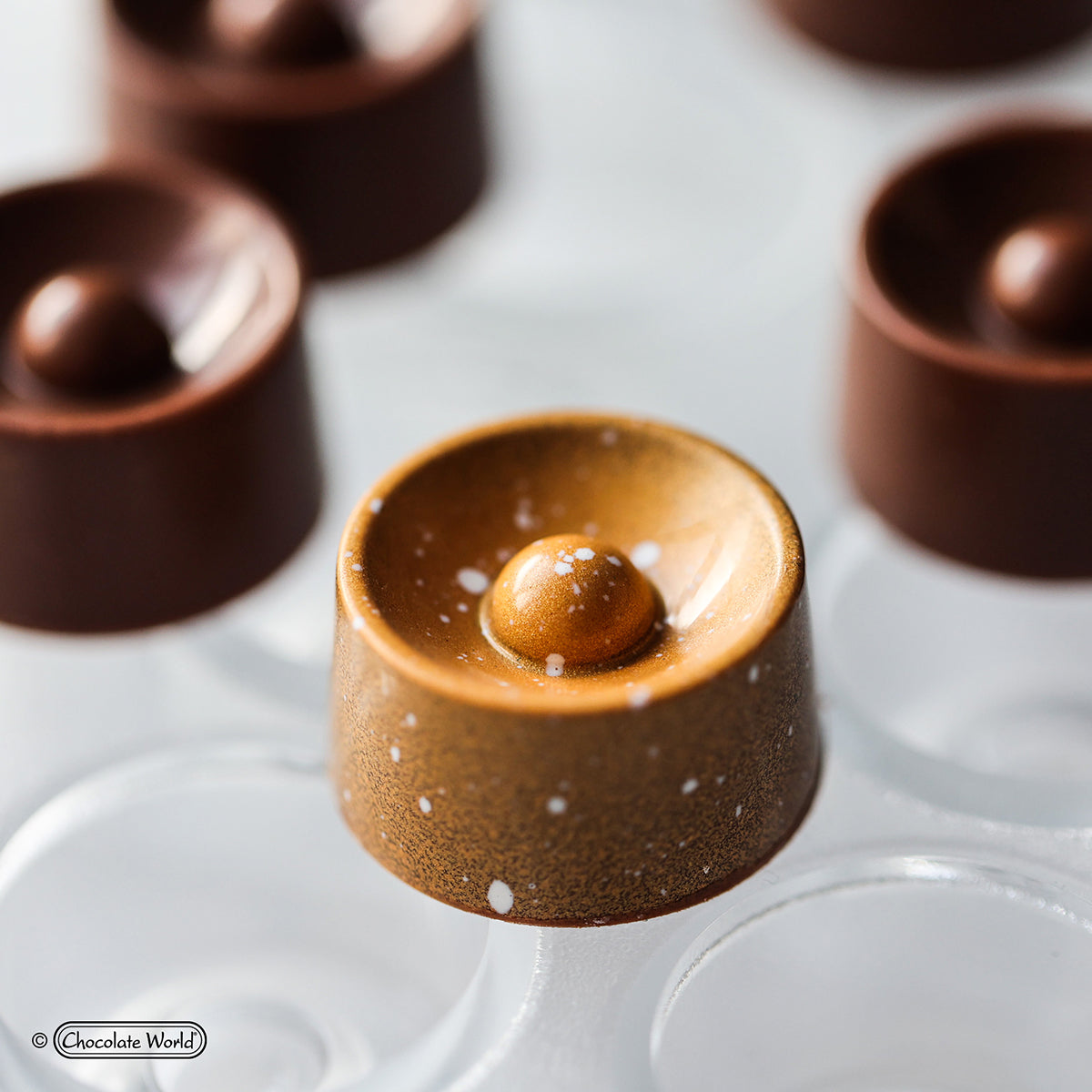
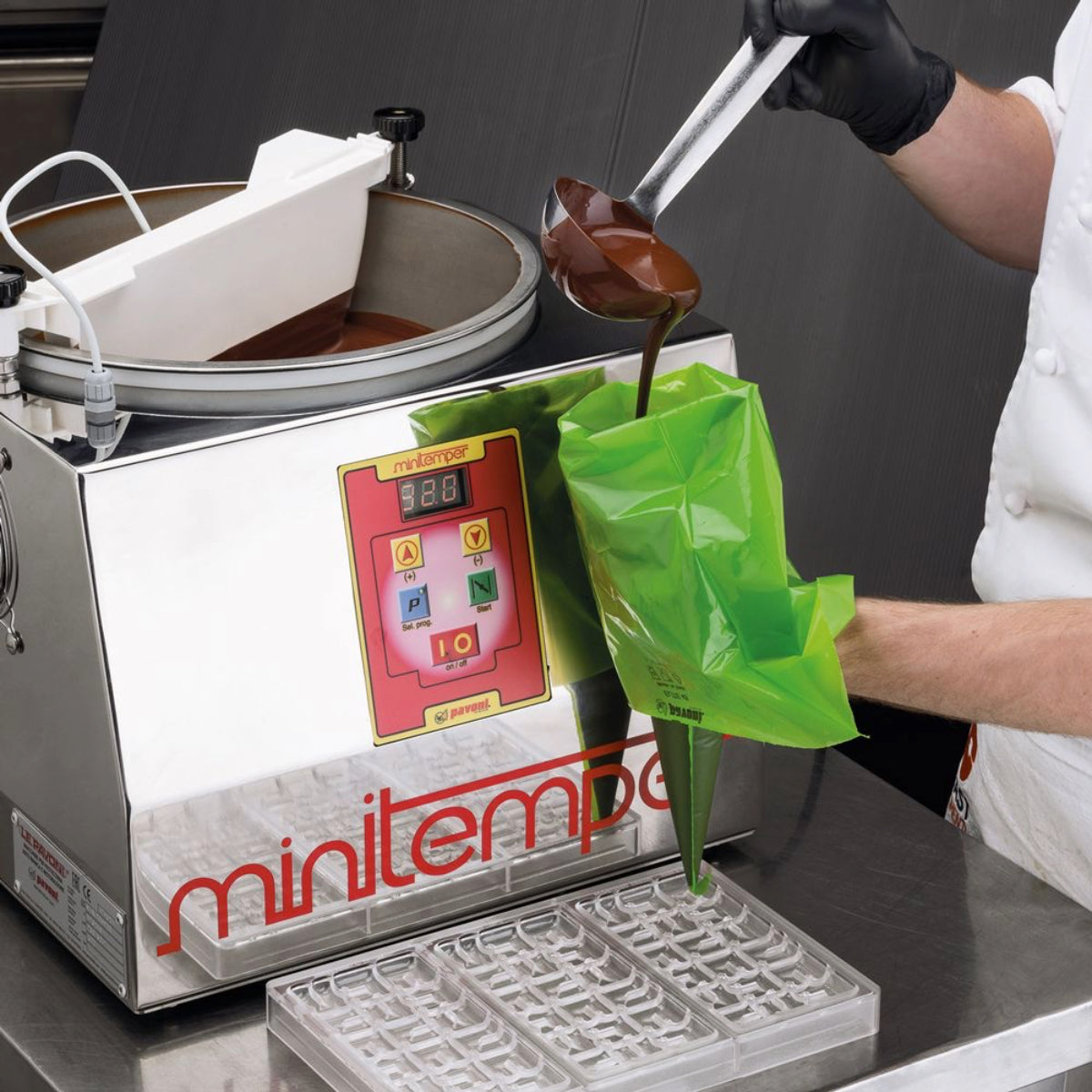
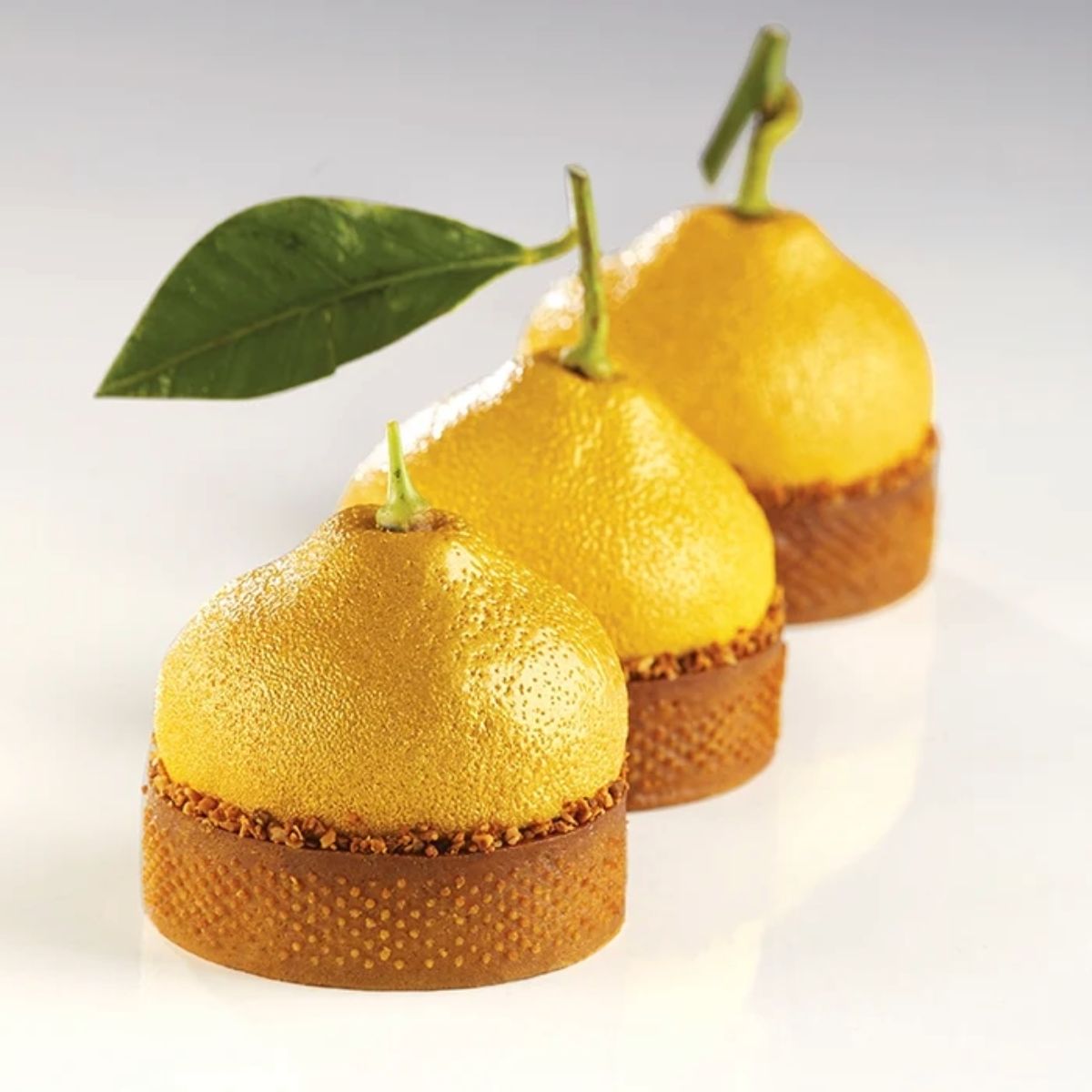
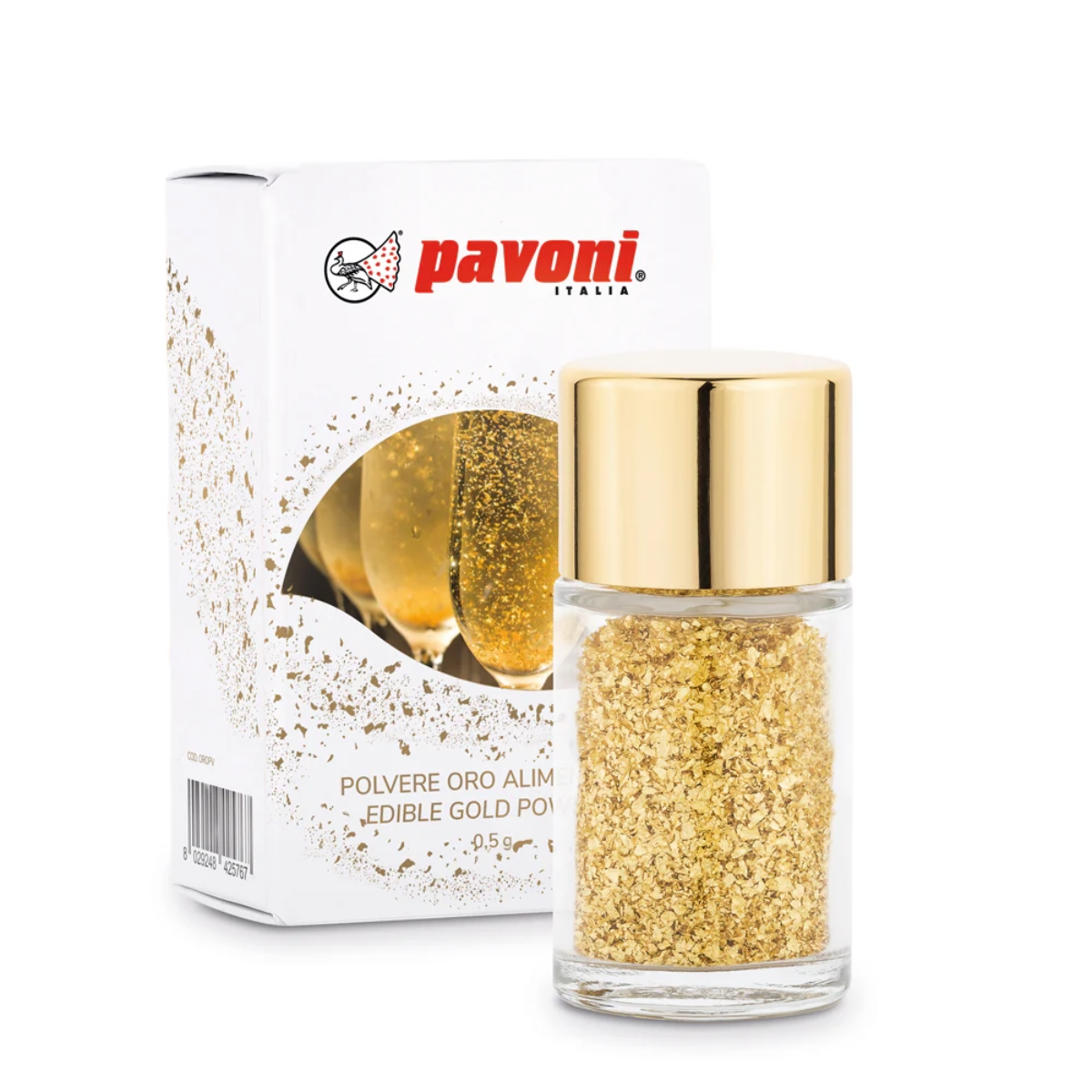

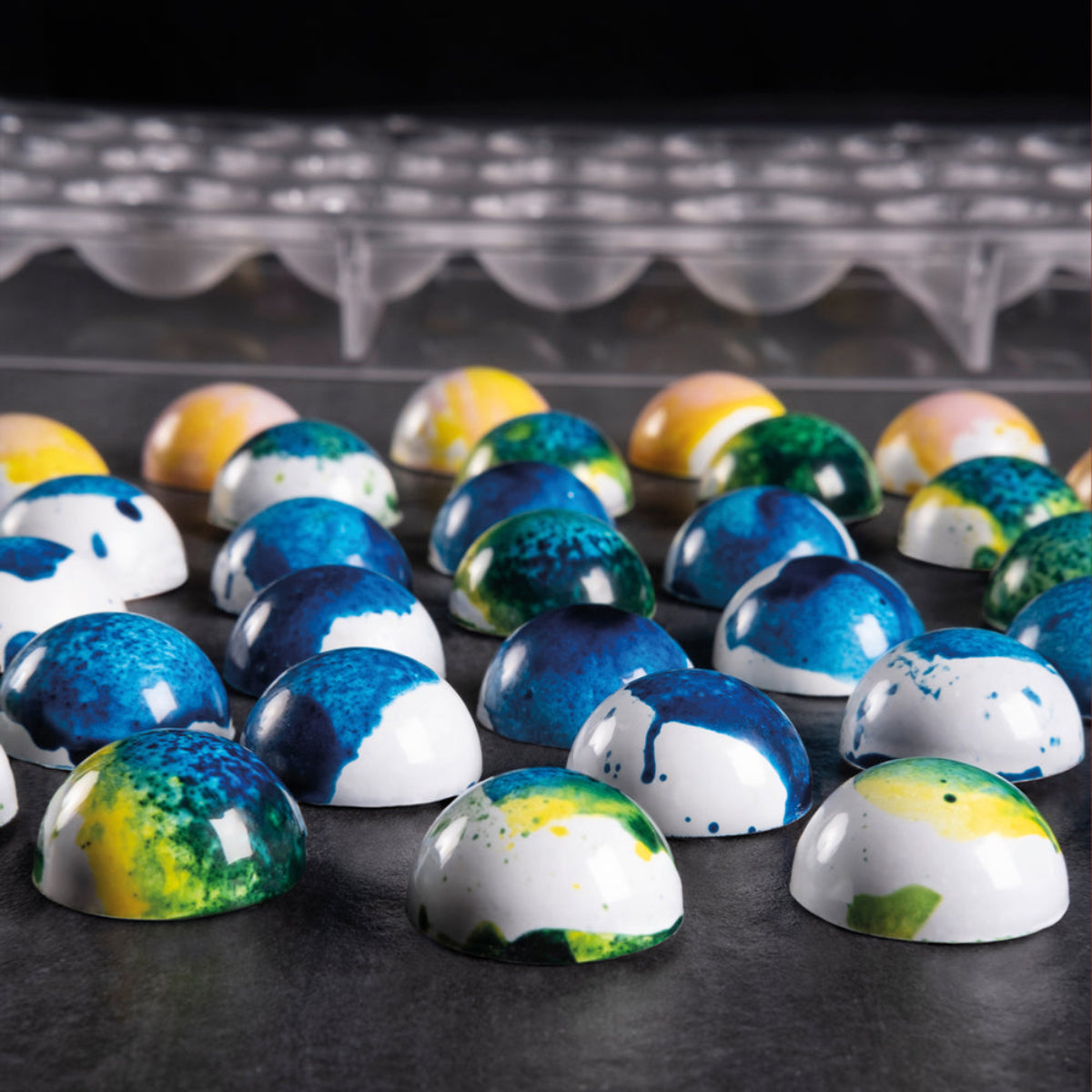



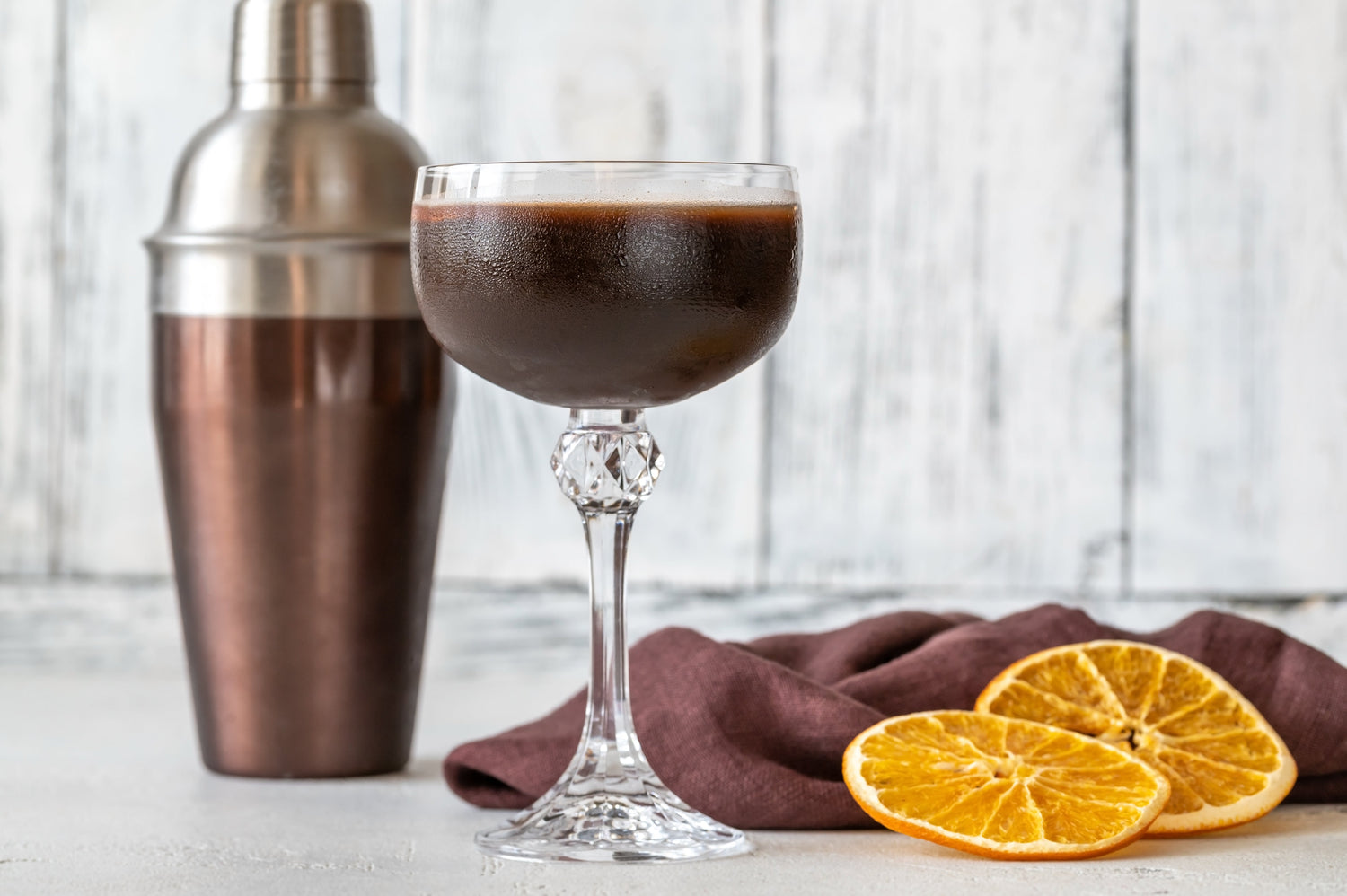
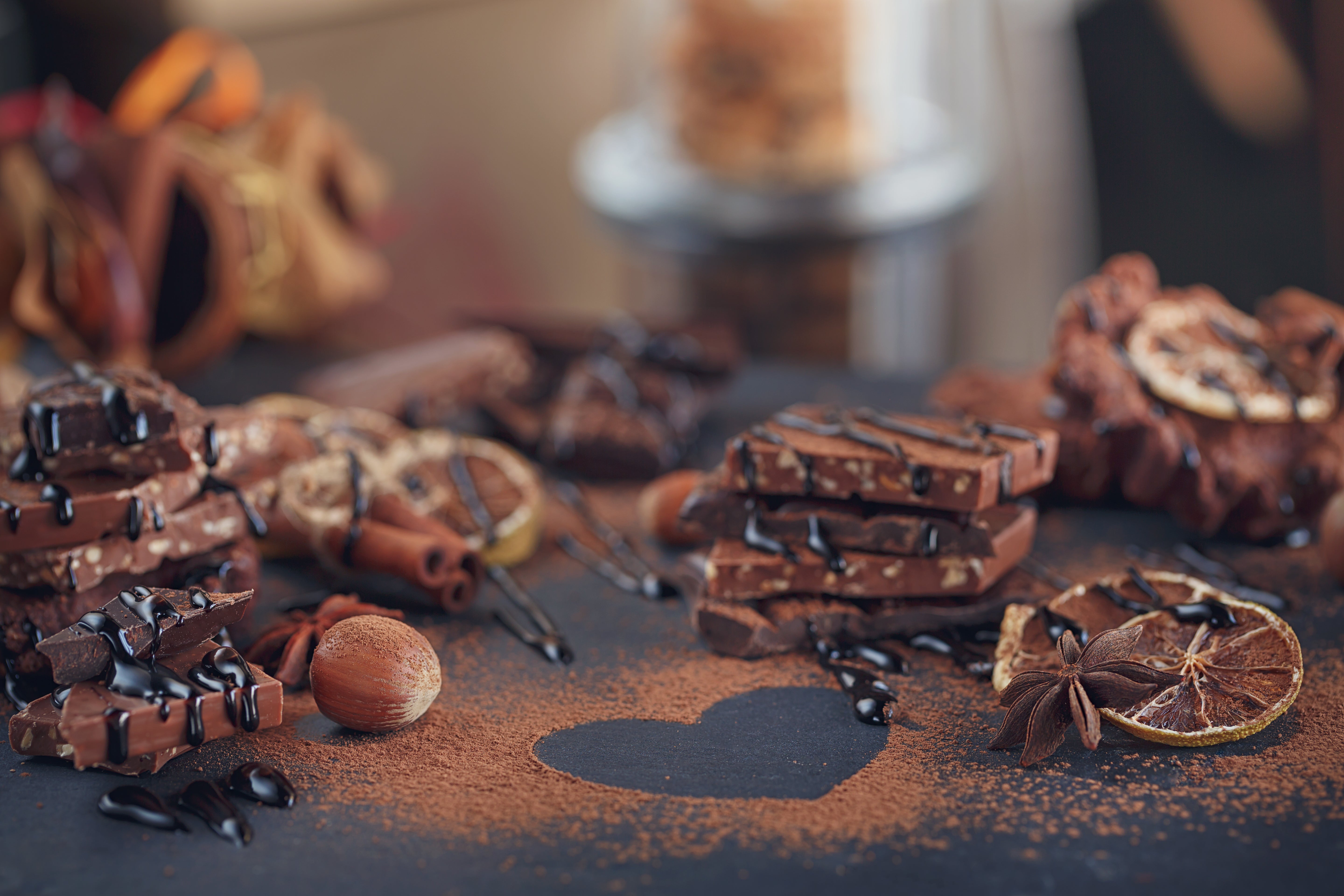



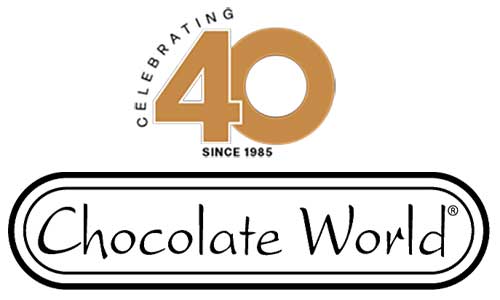

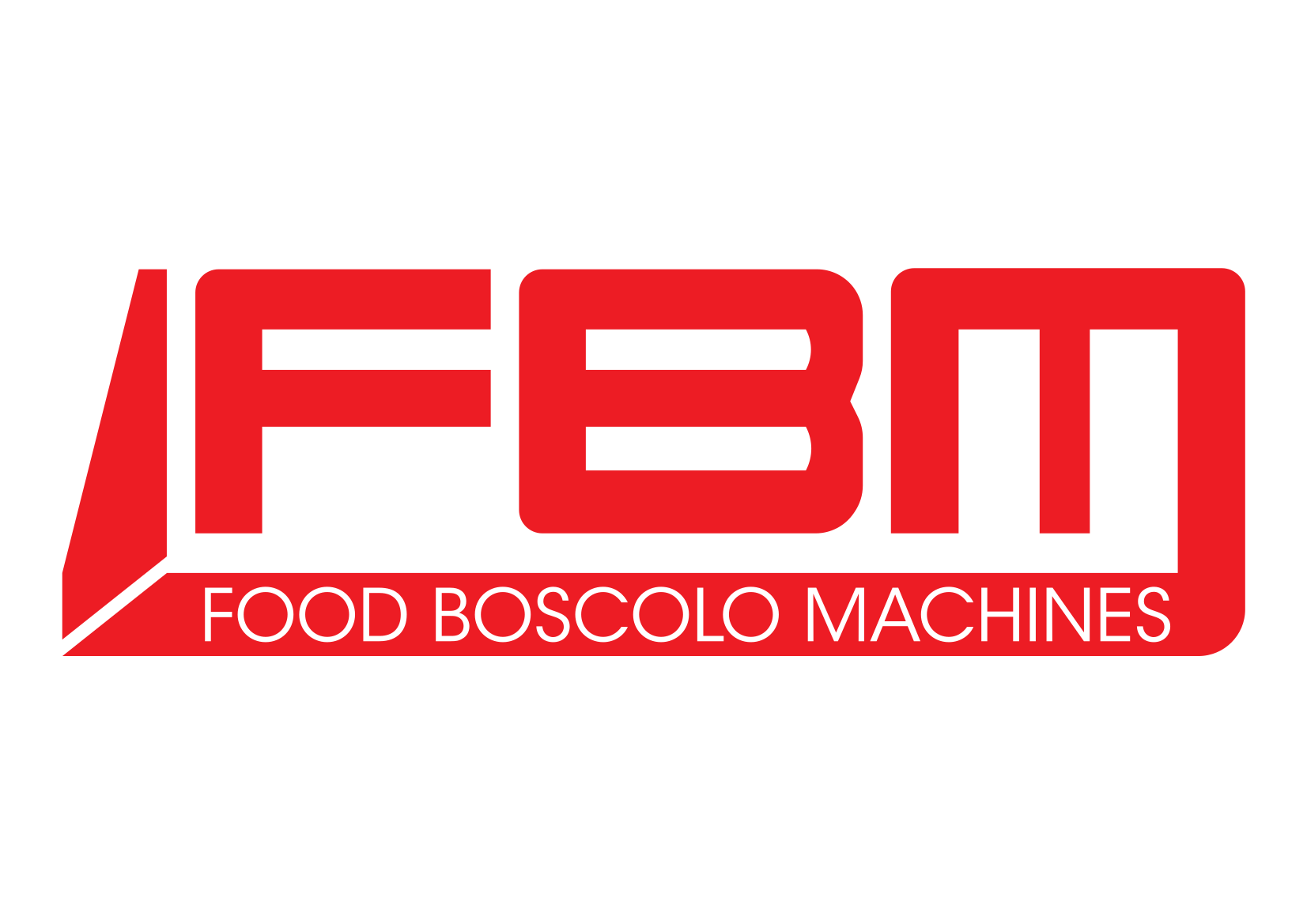
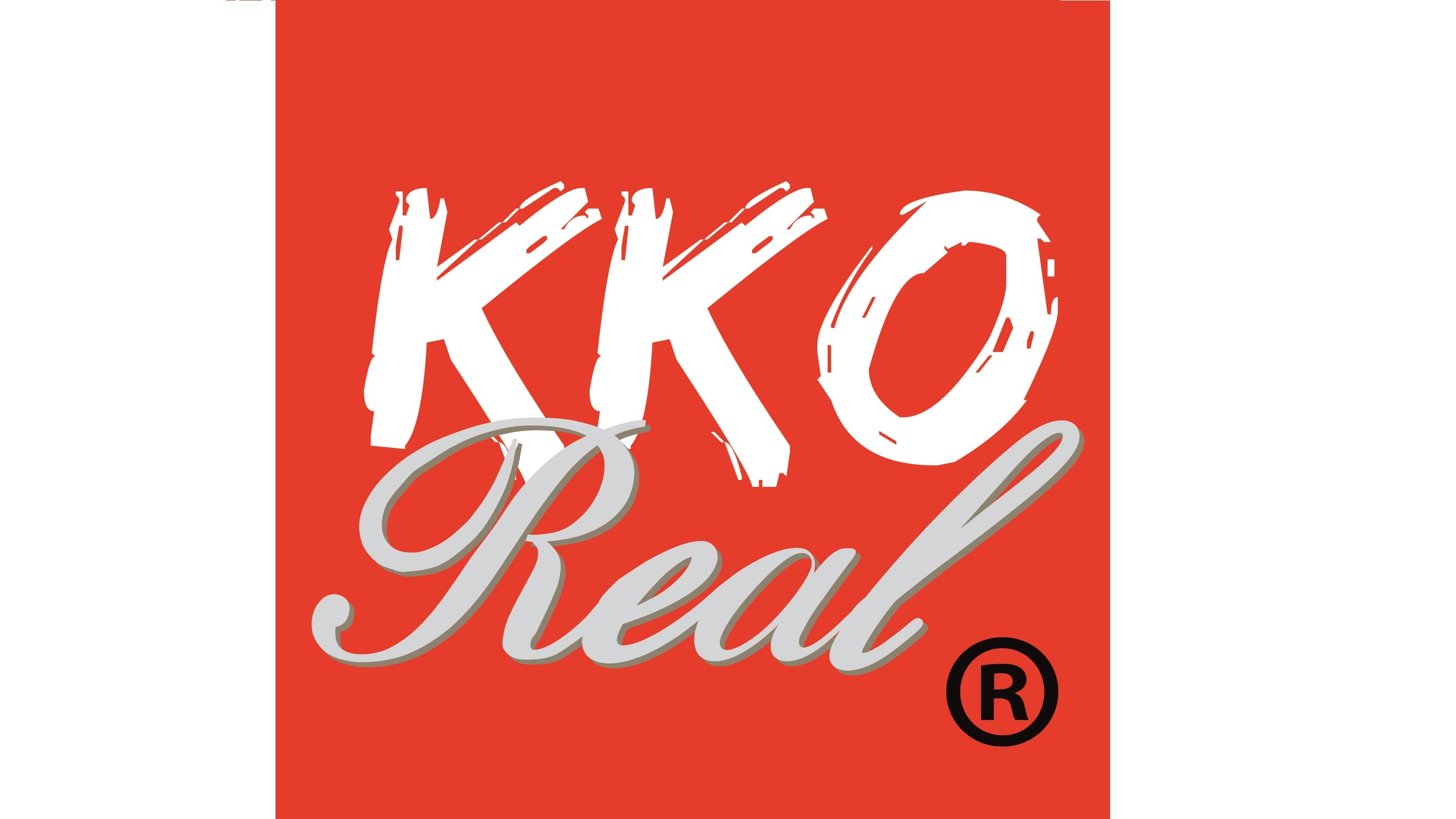

















Laisser un commentaire
Tous les commentaires sont modérés avant d'être publiés.
Ce site est protégé par hCaptcha, et la Politique de confidentialité et les Conditions de service de hCaptcha s’appliquent.